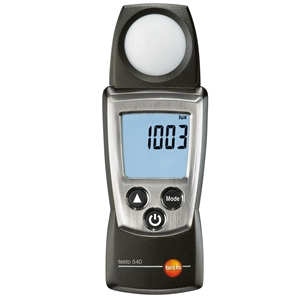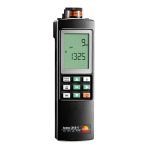In recent years, both scientists and industry authorities have come to the conclusion that light intensity is an important factor for productivity.
In schools, public buildings, workplaces and even greenhouses, the quality of light is likely to affect how people work and how crops grow, thus requiring appropriate consideration during construction. A building too light or too dim can set back productivity.
How does a lux meter work?
Lux meters are adapted to the spectral sensitivity of the eye, and measure brightness in lux. The device captures the light intensity in its sensor and relays the result in an internal memory or data logger.
Construction teams can then analyse the results over time to gauge the quality of light and can adjust plans or processes to ensure the level is up to industry standards.
What to look for in a lux meter?
Businesses investigating purchasing lux meters should look for the following key features.
- Cost – A basic lux meter will cost you a couple of hundreds dollars, with higher end models closer to $1,000. It is important to look at what features come with each model and assess each on its merits. Cheaper lux meters may not offer the same level of accuracy that is needed in your industry.
- Accuracy – Receiving specific readings is imperative given the importance of quality light. Most lux meters can provide an accuracy to around five luxs. Higher cost models could offer improve this level to 3 luxs.
- Portability – A construction site can be dusty and dangerous so the size and portability of a lux meter should be considered. The testo 540 – Pocket-sized Lux meter features a clip-on protective cap, wrist strap and belt holder ensure safekeeping of the instrument. The device is also small and very easy to operate.









 Reduce cooking oil costs while ensuring quality
Reduce cooking oil costs while ensuring quality Expert knowledge on CO2 monitoring
Expert knowledge on CO2 monitoring Refrigeration knowledge - in 3 modules
Refrigeration knowledge - in 3 modules



